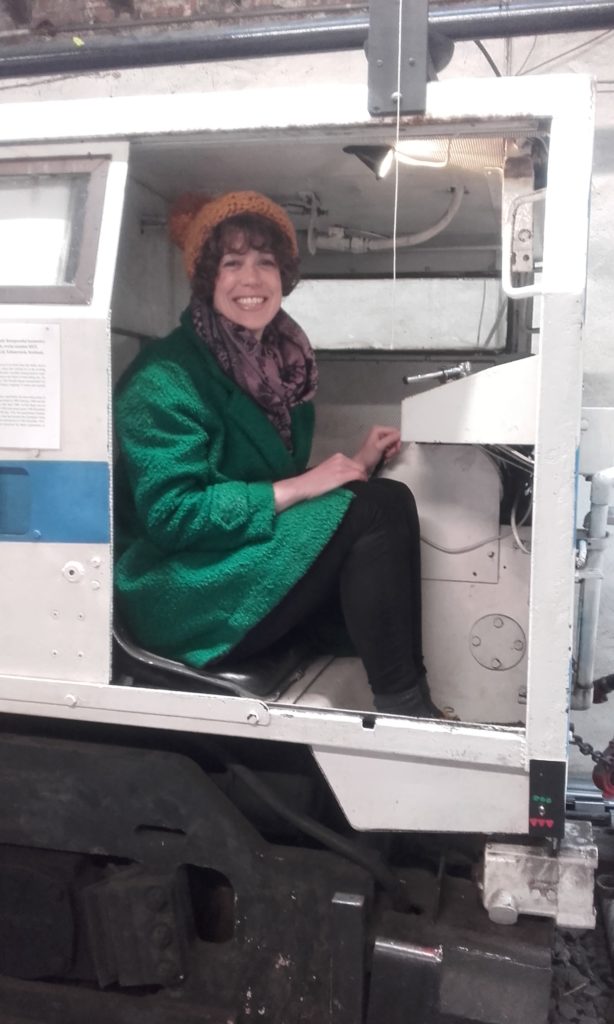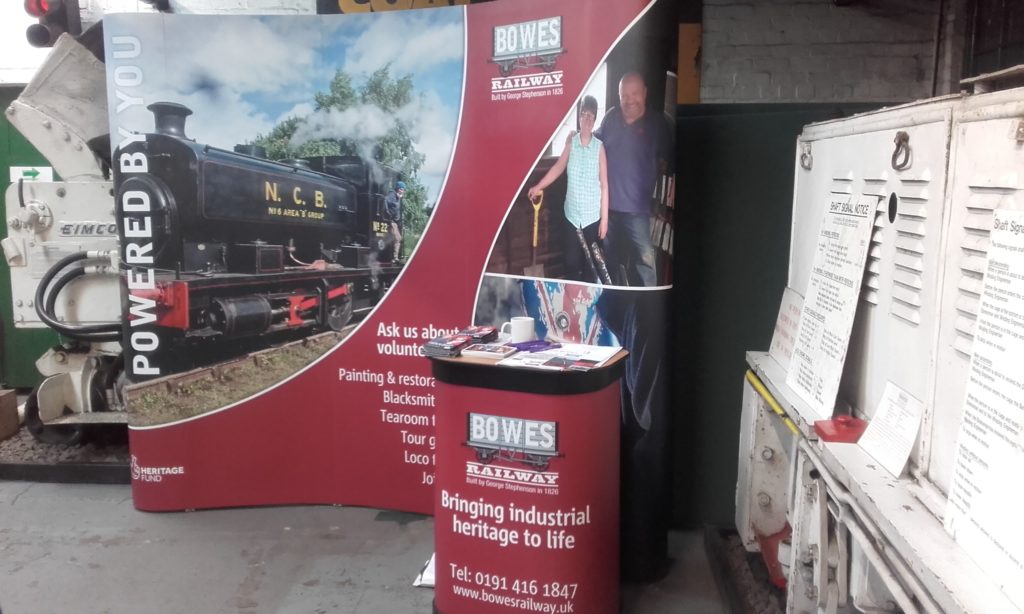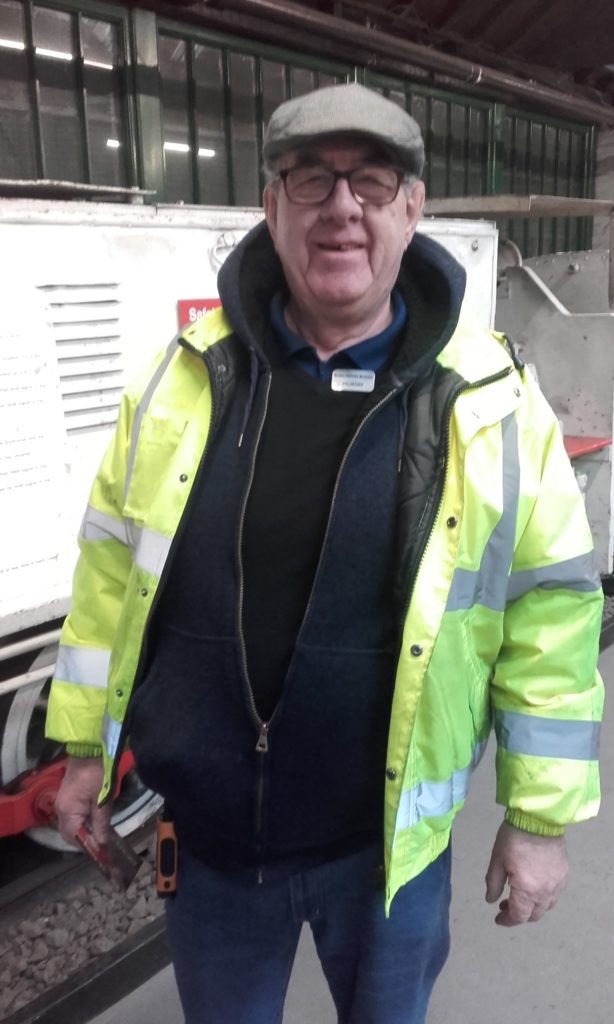‘Live Well’ is a three-year partnership (2016-2019) between Tyne & Wear Archives & Museums (TWAM) and National Museums Northern Ireland (NMNI) supported by the Big Lottery fund. ‘Live Well’ is an outreach project offering learning opportunities for older adults (50+) who do not engage with museum services. Myself and my colleague Ben Jones (and Sophie Mitchel currently on maternity leave) run ‘Live Well’ and I thought I would share some of the exciting updates with you as the project as it comes to its end.
The ‘Live Well’ project was split into two phases: phase one delivered creative and heritage sessions engaging with older people across Tyneside to measure the health and wellbeing benefits of culture.
For phase two, ‘Live Well’ focused on sharing the knowledge that had been found during its delivery phase. A key aim of phase two was to work closely with six accredited museums across Tyne and Wear, Co Durham and Northumberland on a training and development programme that allowed them to develop and deliver sessions focused on older people’s engagement in connection to their venues.
The six venues involved were: Bowes Railway Museum in Gateshead; Durham Oriental Museum; Durham Archive and County Records Office; and National Trust properties Cragside, Washington Old Hall and Souter Lighthouse & The Leas. Ben and I have each taken three museums to work with in more depth. We are there as mentors to help them set up their activities, connect with community groups and help to guide the sessions where required. We are also there to help with evaluations and reports and to be on hand for any questions or assistance the museums may have or need from us.
One of my three museums is Bowes Railway Museum in Gateshead. Bowes Railway Museum was originally a colliery railway built to carry coal mainly from pits in North West Durham to the Tyne at Jarrow. The earliest section was designed by George Stephenson and opened on 17 January 1826, making it one of the world’s first modern railways and it is the only working preserved standard gauge rope hauled railway in the world. The railway remained virtually intact until 1968 with closure in 1974. The original 1826 section was acquired for preservation in 1976 by Tyne and Wear County Council and is a scheduled ancient monument.

I worked at their spring open day on 7 April 2019 to help recruit participants for their ‘Live Well’ project and share information about work the TWAM Outreach team does in the community. I met with some of the wonderful, enthusiastic team at Bowes and got to see some of the fantastic trains and industrial heritage they have on site. I had the opportunity to talk with some of Bowes’ hardworking volunteers, all who have some connection (past and present) to railways, North East industry or mining.

One of the volunteers I spent a lot of time talking to (not just because he provided me with endless cups of hot tea!) was Wilfred Brown, a former Colliery Fire and Safety Officer, Officer in the Mines rescue service and Junior Officer in the Fire rescue service. Wilfred spoke fondly and passionately about his past roles and he had me completely engrossed in his stories. He spoke of some of the mining safety training, walking with 5 stone of lead weights attached to his uniform and running two hours a night to build up and maintain strength. He spoke sadly and respectfully of some of the pit disasters he witnessed and how miners’ families struggled to survive. What also shone through was his obvious passion and belief in community spirit, helping each other out in times of need and working as a team to get jobs done. He said it makes him so sad to see this way of living disappearing from communities and that projects like ‘Live Well’ and outreach focused projects are so important for reminding people how to be a good citizen. He agreed whole heartedly when I mentioned that learning and sharing new skills and knowledge and trying new things are so important to our work. Wilfred noted that without work like that seen in Outreach, he fears communities will be all together lost, but if we catch it now and keep community interest alive, then hopefully, it will live on for generations to come.

For ‘Live Well’, Bowes Railway Museum are working with new volunteers to set up a ‘Walk the Line’ walking group. Volunteers are setting up a walking route along the entire length of the railway based on the new heritage timeline which can be seen at the museum. They will work with wildlife experts and historians to include interesting stories and facts along the trail. Bowes are also collaborating with colleagues at other heritage venues along the trail to produce a trail passport, where walkers can collect stamps from points of interest and importance as they walk.
For volunteers that aren’t too keen on the walking side of things, there are opportunities to become more involved in the coordination and administration side of the project, as well as the design element of the trail passport.
This project promotes health and wellbeing whilst also learning about heritage and culture. It offers people an opportunity to make new friends and share hobbies and interests. It is the perfect example of how ‘Live Well’ can change the way venues work with their communities.
Next Instalment: ‘Walking the line’.